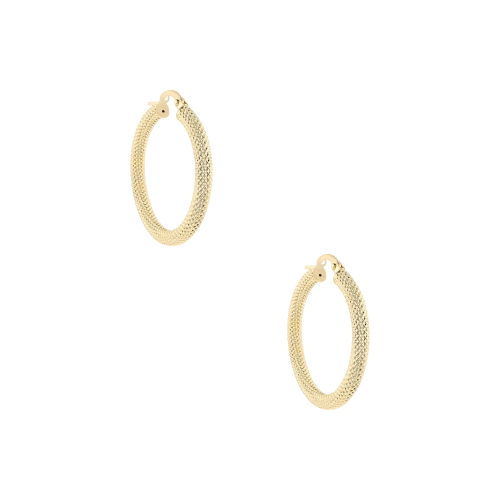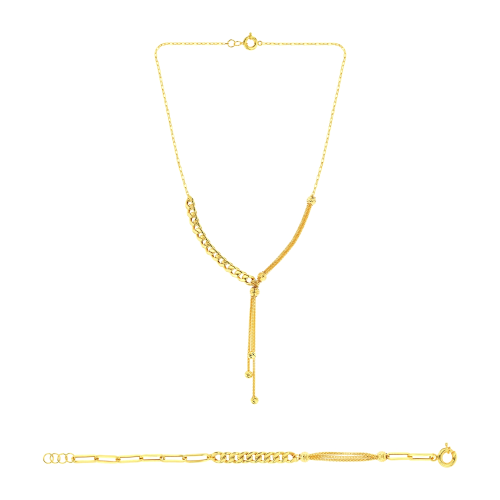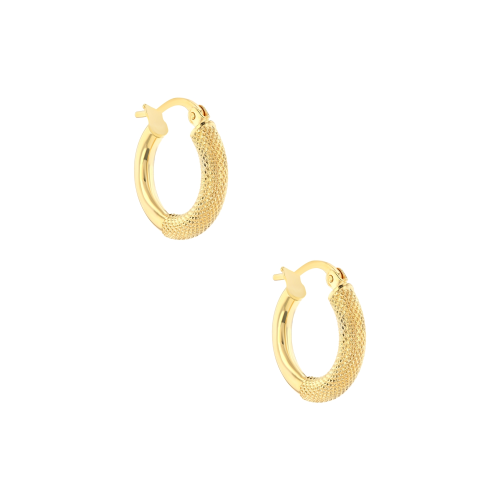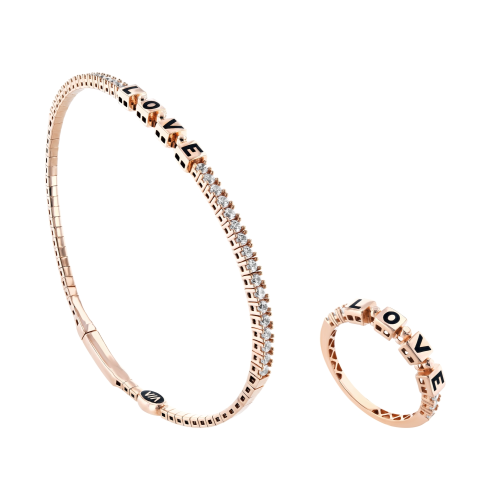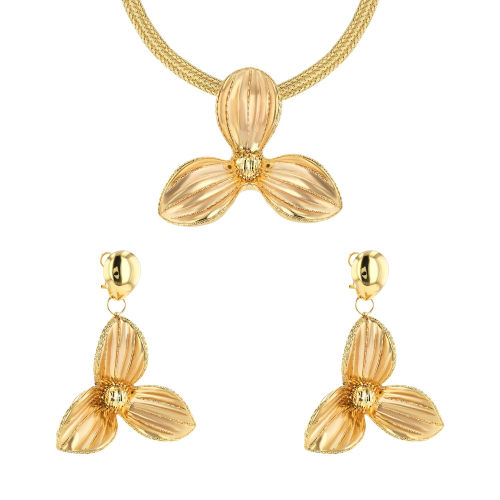The Many Faces of Gold

Let’s explore the Varieties and Properties of this Precious Metal Gold is undoubtedly one of the most revered and valuable metals on Earth. Its captivating luster, malleability, and rarity have made it a symbol of wealth, luxury, and prestige throughout human history. However, not all gold is created equal. In fact, there are several distinct types of gold, each with its own unique properties and applications. Understanding the different varieties of this precious metal can provide fascinating insights into its versatility and importance.
Pure 24-Karat Gold: At the pinnacle of gold purity stands 24-karat gold. This type of gold is composed of 99.9% pure gold, with only trace amounts of other metals. 24-karat gold is highly prized for its rich, warm hue and exceptional malleability. Due to its softness, 24-karat gold is typically too soft for practical use in jewelry or coinage and is often alloyed with other metals to increase its durability.
14-Karat and 18-Karat Gold while 24-karat gold represents the highest level of purity, it is often too soft for everyday use. As a result, gold is frequently alloyed with other metals to create more robust and practical forms of the precious metal. 14-karat and 18-karat gold are two of the most common alloy varieties.
14-karat gold contains 58.3% pure gold, blended with a combination of metals such as copper, silver, and zinc. This alloy is slightly paler in color than 24-karat gold but is significantly harder and more durable. 14-karat gold is a popular choice for jewelry and other decorative items, as it offers a good balance of value, strength, and workability.
18-karat gold, on the other hand, contains 75% pure gold and 25% other metals. This alloy is slightly more yellow in appearance than 14-karat gold and is even more resistant to wear and tear. 18-karat gold is often the preferred choice for high-end jewelry and luxury items, as it provides a richer, more vibrant golden hue while maintaining a reasonable level of durability.
White Gold While the classic yellow hue of gold is undoubtedly its most iconic appearance, another variant known as white gold has gained significant popularity in recent years. White gold is created by alloying pure gold with white metals such as palladium, nickel, or rhodium. This combination results in a silvery-white appearance that has a modern and sophisticated aesthetic.
White gold is often used in engagement rings, wedding bands, and other jewelry, as its neutral tone complements a wide range of gemstones and personal styles. It is also more affordable than platinum, another popular white precious metal, making it an accessible option for those seeking a luxurious look. It is important to note that the whiteness of white gold can fade over time as the rhodium plating wears off. To maintain the desired silvery-white appearance, white gold jewelry may require periodic re-plating.
Rose Gold in contrast to the cool tones of white gold, rose gold offers a warm, pinkish hue that has become increasingly fashionable in recent years. This alloy is created by combining pure gold with copper, which lends it a distinctive reddish-pink color. Rose gold is prized for its romantic and vintage-inspired appearance, which has made it a popular choice for engagement rings, fashion jewelry, and decorative accents. The addition of copper also provides rose gold with slightly more durability than pure yellow gold, making it a practical option for everyday wear. Like other gold alloys, the exact shade of rose gold can vary depending on the ratio of gold to copper in the alloy. Some rose gold may have a more pronounced pink tone, while others may lean more towards a subtle, burnished copper color.
Colored Gold: Beyond the classic yellow, white, and rose variations, gold can also be found in a range of other colors, each with its own unique characteristics and applications. These colored golds are created by alloying pure gold with various other metals, resulting in hues that range from deep green to vibrant blue.
Green gold, for example, is produced by combining gold with silver and copper, while blue gold is created by alloying gold with indium. These colored varieties of gold are often used in specialized jewelry, artistic projects, and luxury accessories, where their distinctive appearances can add a touch of exclusivity and visual interest.
The Future of Gold: As the demand for gold continues to grow, both in traditional and emerging markets, the exploration and development of new gold alloys and varieties will undoubtedly continue. From the timeless appeal of 24-karat gold to the avant-garde charm of colored golds, the versatility and adaptability of this precious metal ensures that it will remain a coveted and fascinating material for generations to come.
